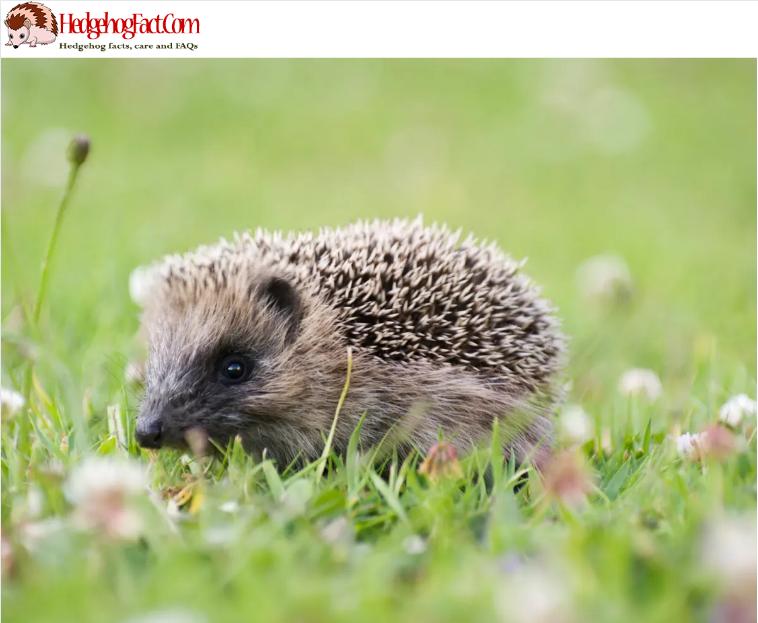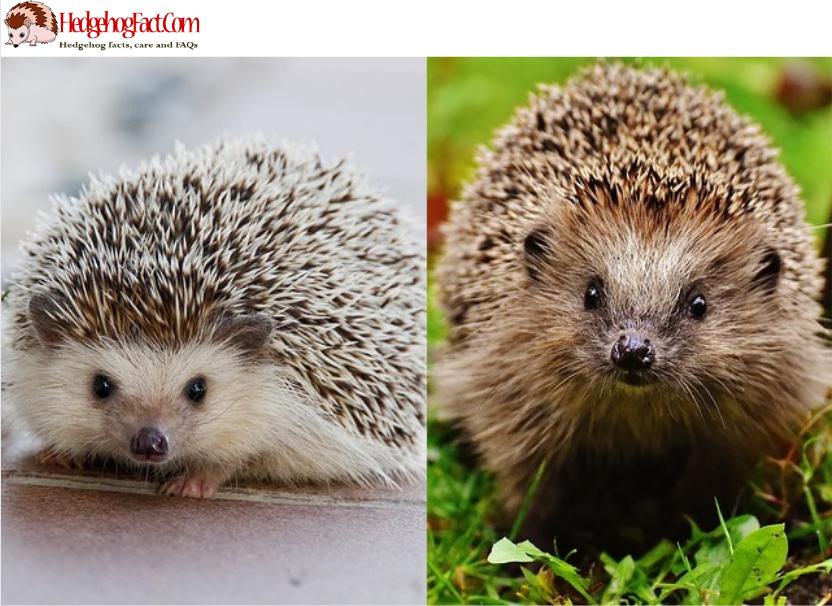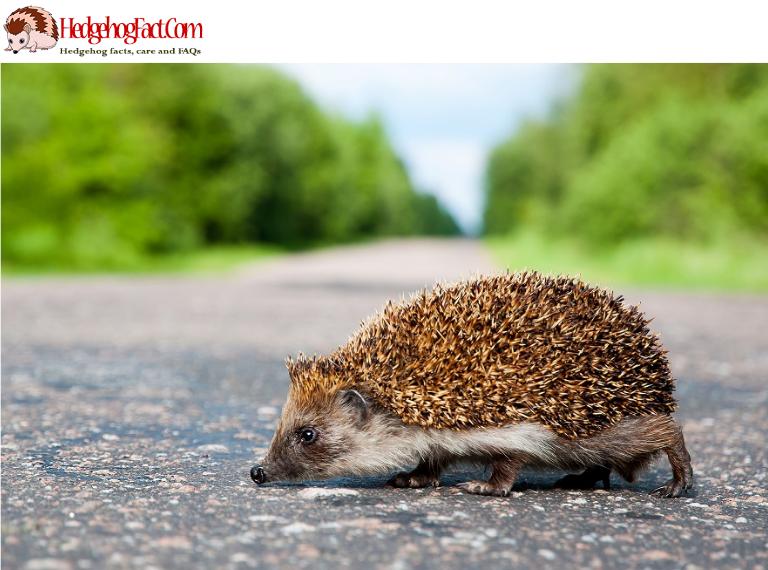Are you considering getting a pet hedgehog? Or are you just curious about these spiny creatures and want to know more? One of the most common questions people have about hedgehogs is, “How big do hedgehogs get?” Well, the answer is not straightforward. Hedgehog size can vary depending on several factors. In this article, we will take a closer look at hedgehog size and provide you with a comprehensive guide to understanding how big hedgehogs get.
Hedgehog Size Factors
Several factors can affect hedgehog size, including genetics, diet, health, and environmental factors such as temperature and light exposure. For instance, a healthy hedgehog fed a balanced diet and living in a suitable environment may grow larger than a hedgehog that doesn’t receive proper care.
How Big Do Hedgehogs Get? Hedgehog Size and Weight Ranges

The size and weight of a hedgehog depend on its species and whether it is wild or domesticated. According to different sources, hedgehogs can range in length from four to twelve inches and can weigh anywhere from five to fifty-six ounces.
However, most pet hedgehogs are small, with the African Pygmy hedgehog being the most common pet species. They typically grow to around 6 inches long and weigh around 16 ounces when they reach adulthood in about six months. It’s worth noting that some hedgehogs, especially pregnant females, may be considerably larger even after giving birth.
Hedgehog size and weight ranges can vary depending on their species, genetics, diet, health, and environment. Here are some general ranges for common pet hedgehog species:
African Pygmy Hedgehog (Atelerix albiventris): They typically grow to be around 6-8 inches (15-20 cm) in length and weigh between 0.5-1.5 pounds (0.2-0.7 kg).
European Hedgehog (Erinaceus europaeus): They can grow up to 12 inches (30 cm) in length and weigh between 1-2 pounds (0.5-1 kg).
Long-eared Hedgehog (Hemiechinus auritus): They typically grow to be around 8-10 inches (20-25 cm) in length and weigh between 0.5-1.5 pounds (0.2-0.7 kg).
Indian Hedgehog (Paraechinus micropus): They typically grow to be around 5-6 inches (12-15 cm) in length and weigh between 0.2-0.4 pounds (0.1-0.2 kg).
Desert Hedgehog (Paraechinus aethiopicus): They typically grow to be around 6-8 inches (15-20 cm) in length and weigh between 0.3-0.7 pounds (0.15-0.3 kg).
It’s important to note that individual hedgehogs can vary widely in size and weight, even within the same species. For example, some African pygmy hedgehogs may be larger or smaller than the typical range. Additionally, providing proper nutrition, exercise, and veterinary care can help ensure that a hedgehog reaches their full potential size and weight.
Wild vs. Domesticated Hedgehog Size

In general, wild hedgehogs tend to be larger than domesticated ones. Many varieties of wild hedgehogs can reach ten to fourteen inches long and can weigh a couple of pounds. Domesticated hedgehogs typically max out at nine inches long and may weigh less.
There can be some differences in size between wild and domesticated hedgehogs. Domesticated hedgehogs are typically bred for specific traits, such as coloration or temperament, and they may be larger or smaller than their wild counterparts as a result.
In general, domesticated hedgehogs are slightly larger than their wild counterparts. This is because breeders tend to select for larger individuals, and domesticated hedgehogs often have access to a more consistent and high-quality diet than wild hedgehogs. Additionally, domesticated hedgehogs may be less active than wild hedgehogs, which could also contribute to a larger size.
However, there is also considerable variation in size within both wild and domesticated populations. Wild hedgehogs can vary in size depending on their geographic location and the availability of food, while domesticated hedgehogs can vary in size based on their genetics, diet, and overall health.
Overall, while there may be some general differences in size between wild and domesticated hedgehogs, it’s important to remember that individual hedgehogs can vary widely in size regardless of their status as wild or domesticated animals.
Hedgehog Species and Size

As mentioned earlier, there are seventeen species of hedgehogs in five genera found in different parts of the world. There are several species of hedgehogs, and their size can vary significantly. Here are some examples:
African Pygmy Hedgehog (Atelerix albiventris): This is one of the most common species of hedgehog kept as a pet. It typically grows to be around 6-8 inches (15-20 cm) in length and weighs between 0.5-1.5 pounds (0.2-0.7 kg).
European Hedgehog (Erinaceus europaeus): This species is found throughout Europe, and it can grow up to 12 inches (30 cm) in length and weigh between 1-2 pounds (0.5-1 kg).
Long-eared Hedgehog (Hemiechinus auritus): This species is found in parts of Asia and the Middle East. It typically grows to be around 8-10 inches (20-25 cm) in length and weighs between 0.5-1.5 pounds (0.2-0.7 kg).
Indian Hedgehog (Paraechinus micropus): This species is found in India, Pakistan, and other parts of South Asia. It is one of the smallest hedgehog species, growing to be around 5-6 inches (12-15 cm) in length and weighing between 0.2-0.4 pounds (0.1-0.2 kg).
Desert Hedgehog (Paraechinus aethiopicus): This species is found in parts of North Africa and the Middle East. It typically grows to be around 6-8 inches (15-20 cm) in length and weighs between 0.3-0.7 pounds (0.15-0.3 kg).
It’s important to note that these are just general guidelines, and individual hedgehogs can vary in size based on genetics, diet, and other factors.
Conclusion
Overall, individual hedgehogs can vary widely in size, and it’s important to provide them with a balanced diet, adequate exercise, and proper veterinary care to ensure they reach their full potential size.





